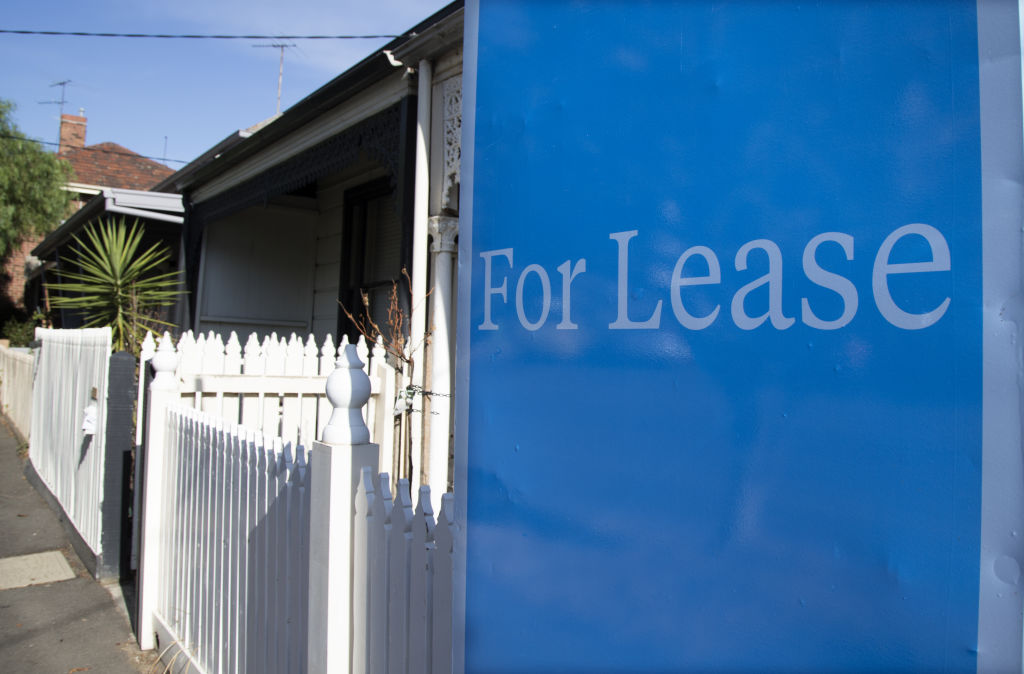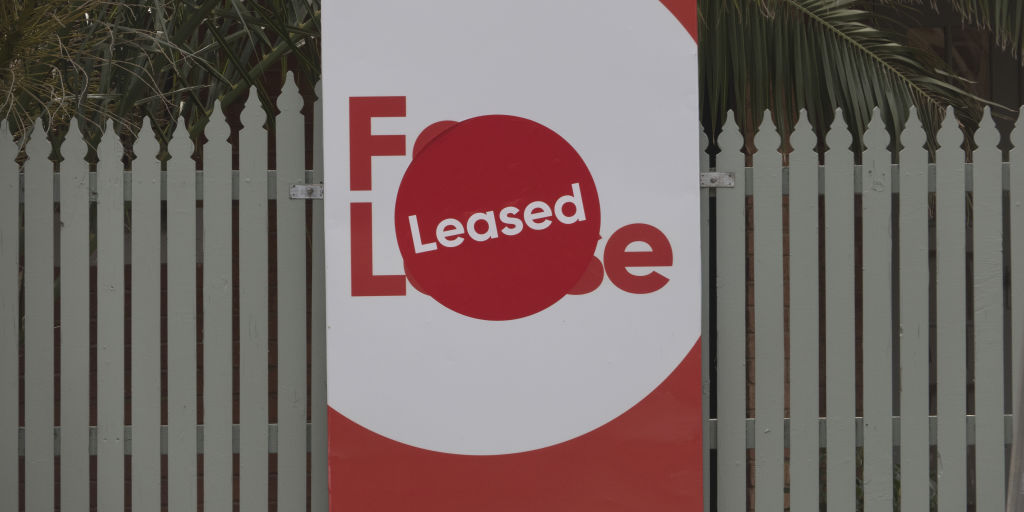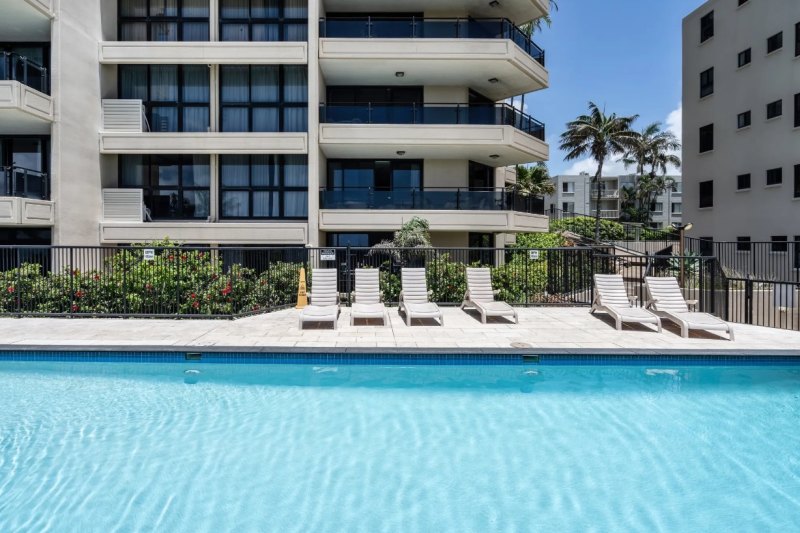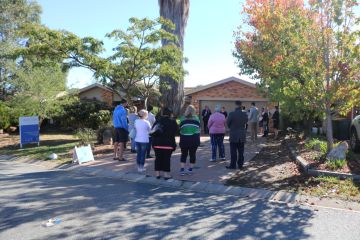Rental vacancy rates spike nationally, a surprise for usually tight April

A national rental vacancy rate spike has bucked a decade-long trend, even in Australia’s tightest rental markets.
Domain research analyst Eliza Owen said in the past 10 years, April had always been a seasonally tight month, as stock dried up from the start-of-year bump that markets typically experienced.
“It’s a seasonal trend we’ve observed in the past 10 years or so,” she said. “It was a surprise to see that each of the capital cities had a jump in rental listings over the month.”
Month-on-month Sydney rental vacancy rates grew to 3.1 per cent, Melbourne to 1.7 per cent and Brisbane to 2.6 per cent, Domain data shows.
Hobart, the tightest market in the country, grew from 0.3 per cent to 0.5.
| Rental Vacancy Rates Australia | |||||
| Capital City | Apr-19 | Mar-19 | Apr-18 | MoM ∆ | YoY ∆ |
| Sydney | 3.10% | 2.60% | 2.00% | ↑ | ↑ |
| Melbourne | 1.70% | 1.30% | 1.20% | ↑ | ↑ |
| Brisbane | 2.60% | 2.10% | 2.90% | ↑ | ↓ |
| Perth | 3.20% | 2.60% | 4.00% | ↑ | ↓ |
| Adelaide | 1.10% | 0.80% | 1.10% | ↑ | – |
| Hobart | 0.50% | 0.30% | 0.60% | ↑ | ↓ |
| ACT | 1.30% | 0.80% | 0.70% | ↑ | ↑ |
| Darwin | 4.40% | 4.30% | 4.10% | ↑ | ↑ |
|
Source: Domain The vacancy rate represents the portion of available, empty rental properties relative to the total stock of rental property in a city. The rental vacancy rate is based on adjusted Domain rental listings and will be subject to slight revisions over time. | |||||
Ms Owen said a few nationally consistent trends could be the reason for the unseasonal growth Australia-wide.
“In finance numbers we’ve seen more people taking out loans as first-home buyers which could mean less demand for rentals,” she said. “And we’ve had more apartments coming onto the market as investments after the apartment boom which could mean higher vacancy rates.”
But even then, the answer could be much simpler, Ms Owen said.
“It could be the coinciding of a late Easter and Anzac Day holiday,” she said. “The agencies themselves had [fewer] staff working during that period that could have meant there were fewer inspection days which extends the time a property sits on the market for rent.
“In fact we did see a significant portion of rental listings on the market in April carrying over from the previous month.”

Ms Owen was surprised that Hobart’s rate jumped by 0.2 percentage points, as it had previously been trending further downward as the market tightened. She said renters could increasingly be turning to share housing to combat rising rents.
“The number of available rentals seems to have almost doubled over the month but that’s coming off a very low base,” she said.
“Affordability could be a concern and it could be that you’re seeing more people to each rental property rather than demand being absorbed by the rental market.
“Even though we’re seeing vacancy rates ease, it’s still pretty tough for locals living there.”
We recommend
States
Capital Cities
Capital Cities - Rentals
Popular Areas
Allhomes
More








